Comparing Orbitype with Storyblok: Which Headless CMS Fits Your Needs

Introduction
Managing content across multiple platforms and devices has become increasingly complex in 2025. Whether you're a developer working on large-scale projects or a business owner handling a multi-language website, finding the right Content Management System (CMS) is essential. The challenge lies in choosing a platform that balances flexibility, scalability, and ease of use while meeting the specific needs of your team. Two leading contenders in the headless CMS market—Orbitype and Storyblok—offer distinct solutions, but how do you know which one is the right fit? In this blog, we’ll break down their strengths, address common challenges, and guide you toward making an informed decision.
Orbitype vs. Storyblok: Feature-by-Feature Comparison
1. Performance and Scalability
Performance is crucial for content-heavy websites or applications where speed and uptime directly impact user experience.
Storyblok: Known for its reliable performance, Storyblok ensures fast loading times, even for global audiences. Its caching systems are optimized for delivering static content efficiently.
Orbitype: Orbitype goes a step further with its infrastructure designed for high scalability. It’s built to handle dynamic, content-heavy environments and high-traffic scenarios, making it a strong contender for businesses expecting rapid growth.
2. Flexibility and Customization
Every project is unique, so a CMS should be flexible enough to adapt to specific workflows.
Storyblok: Storyblok’s visual editor is a standout feature, allowing non-technical users to create content using reusable blocks. However, developers may find the system less flexible compared to other platforms.
Orbitype: Orbitype prioritizes flexibility with customizable APIs and dashboards. Developers can create workflows tailored to their projects, ensuring Orbitype adapts to the team, not the other way around.
3. Integration and Compatibility
Modern CMS platforms need to work seamlessly with various frameworks, CRMs, and third-party tools.
Storyblok: Storyblok offers strong integration capabilities, supporting frameworks like React, Vue, and Next.js. However, its focus leans more toward content teams than developers.
Orbitype: Orbitype excels in integration, providing robust support for frameworks, analytics tools, eCommerce platforms, and more. It’s a developer-friendly option for teams needing seamless compatibility with their tech stack.
If you're still deciding between a decoupled or fully headless CMS, check out our guide on Decoupled vs. Headless CMS: Which One is Right for Your Project? to understand the key differences and find the best fit for your needs.
4. Developer and Content Editor Experience
A great CMS supports both technical and non-technical users, making it easier to collaborate.
Storyblok: Its drag-and-drop editor simplifies the content creation process for marketers and content editors. However, some developers find the slice-based architecture restrictive.
Orbitype: With an intuitive interface, clear documentation, and active Discord support, Orbitype is a dream for developers. It also balances ease of use for content editors, making it an all-around solution.
5. Pricing and Cost Efficiency
For startups and small businesses, affordability is often a deciding factor.
Storyblok: Storyblok’s tiered pricing model is accessible for larger enterprises but can be limiting for smaller businesses as additional features often require higher tiers.
Orbitype: Offering transparent pricing with no hidden fees, Orbitype is a cost-effective choice for businesses of all sizes. Its scalable plans grow with your business without breaking the bank.
When to Choose Orbitype
Orbitype is ideal for businesses and developers who prioritize flexibility, scalability, and cost efficiency. Here’s when you should choose Orbitype:
1. You Need a Highly Customizable Platform
Orbitype provides customizable APIs and dashboards, enabling developers to create workflows tailored to their unique needs. Unlike Storyblok’s slice-based approach, Orbitype gives you full control, making it perfect for dynamic projects like eCommerce platforms or multi-language applications.
2. Your Website Handles Large-Scale or Content-Heavy Projects
Orbitype’s architecture is built for high traffic and frequent updates, ensuring that large-scale projects run smoothly. Whether you’re managing thousands of product pages or a content-heavy blog, Orbitype delivers reliable performance and seamless scalability.
3. You Have a Developer-Heavy Team
Orbitype excels in developer-friendly tools and integration capabilities. With intuitive documentation and an active Discord community, developers can quickly adapt Orbitype to any project. It integrates seamlessly with popular frameworks like React, Vue, and Next.js, making it ideal for technical teams.
4. You’re on a Tight Budget
With transparent pricing and no hidden costs, Orbitype is perfect for startups, SMBs, and agencies looking for a budget-friendly CMS. Its pricing model ensures scalability without unexpected expenses.
When to Choose Storyblok
Storyblok works well for teams that focus on usability and static content. Here are the scenarios where Storyblok fits best:
1. Your Team Includes Non-Technical Content Editors
Storyblok’s drag-and-drop visual editor is a game-changer for content creators and marketers. It simplifies creating and updating content, allowing non-technical teams to manage websites without developer support.
2. You Manage Static Content
For static websites or platforms with simple structures, Storyblok provides tools like reusable content blocks that speed up content delivery. This makes it an excellent choice for small websites or straightforward projects.
3. You Value Collaboration Between Teams
Storyblok supports collaborative workflows, enabling developers, marketers, and designers to work together seamlessly. This is particularly useful for businesses with multiple departments contributing to content updates.
4. You Have a Larger Budget
Storyblok’s tiered pricing is more suited for enterprises or businesses with higher budgets. Its advanced features cater to large organizations, though it may not be cost-effective for startups or smaller teams
Making the Right Choice
Choosing the right CMS boils down to your team’s needs and project goals. Here’s how to decide:
1. If You Need Flexibility and Scalability
Choose Orbitype if you’re managing content-heavy projects with high traffic and complex workflows. Its scalable architecture and customizable features make it future-proof for growing businesses.
2. If You Need Simplicity and Collaboration
Go with Storyblok if your priority is ease of use for non-technical teams or creating static content. Its visual editor and collaborative features are great for teams with diverse skill sets.
3. Consider Your Budget
Orbitype is the better choice for businesses with limited budgets, while Storyblok caters to enterprises with more resources.
4. Look at Your Long-Term Goals
For businesses planning to scale quickly or needing a CMS that can adapt to various workflows, Orbitype provides more long-term value. If your focus is immediate usability and simple content management, Storyblok might be the better option.
Are you a React developer looking for the best content management solution? Discover why so many developers are switching in our post on Why React Developers Are Switching to Headless CMS for Content Management.
Conclusion
Orbitype and Storyblok are both powerful headless CMS platforms, but they cater to different needs. Orbitype is best for developers and businesses managing complex, scalable projects, while Storyblok excels for teams needing simplicity and collaboration. Assess your team’s skills, project scope, and budget to make the right decision.
Ready to experience Orbitype’s flexibility and performance? Visit our website to learn more or register for free to get started today. Join our community on Discord and follow us on YouTube, Twitter, LinkedIn, Instagram, and Facebook for updates and support.
Read more
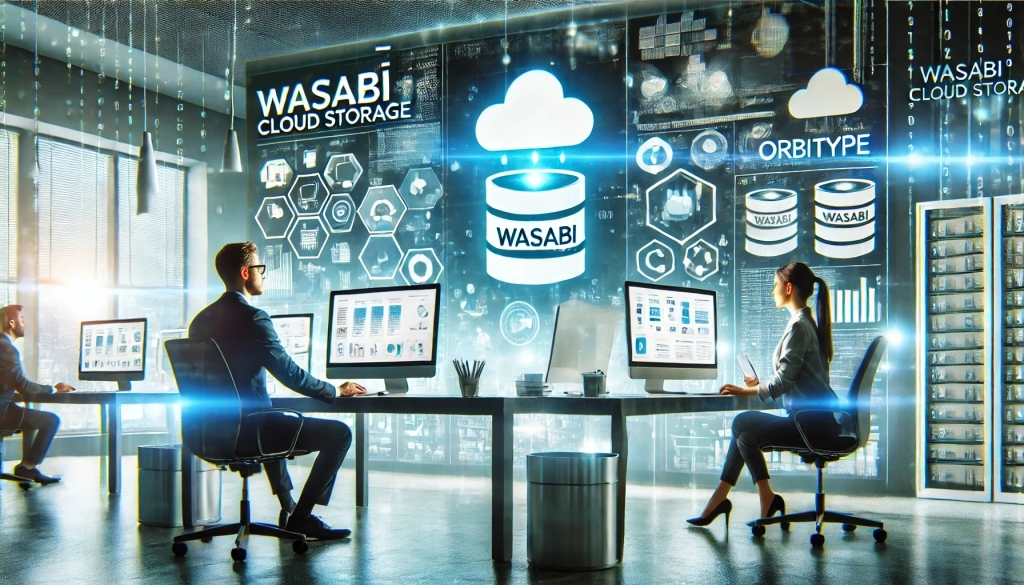
Seamless Data Management: Integrating Wasabi Cloud Storage with Orbitype
Boost your CMS performance with Wasabi Cloud Storage and Orbitype integration. Learn how this cost-effective, scalable solution enhances data management and delivers exceptional results.
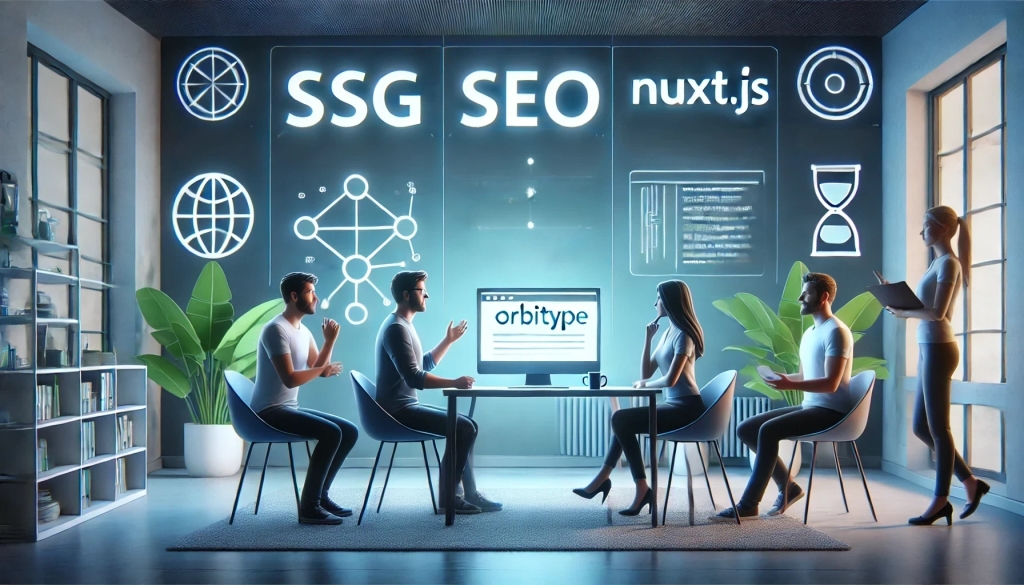
Integrating Orbitype with Nuxt.js for Optimal Performance and SEO
Leveraging Orbitype, a robust headless CMS, with Nuxt.js, a Vue.js framework, provides developers a powerful solution for building fast, SEO-optimized websites. This blog post explores how the integration of Orbitype and Nuxt.js harnesses the benefits of static site generation (SSG) and server-side rendering (SSR), thanks to Orbitype's API-driven content management system.
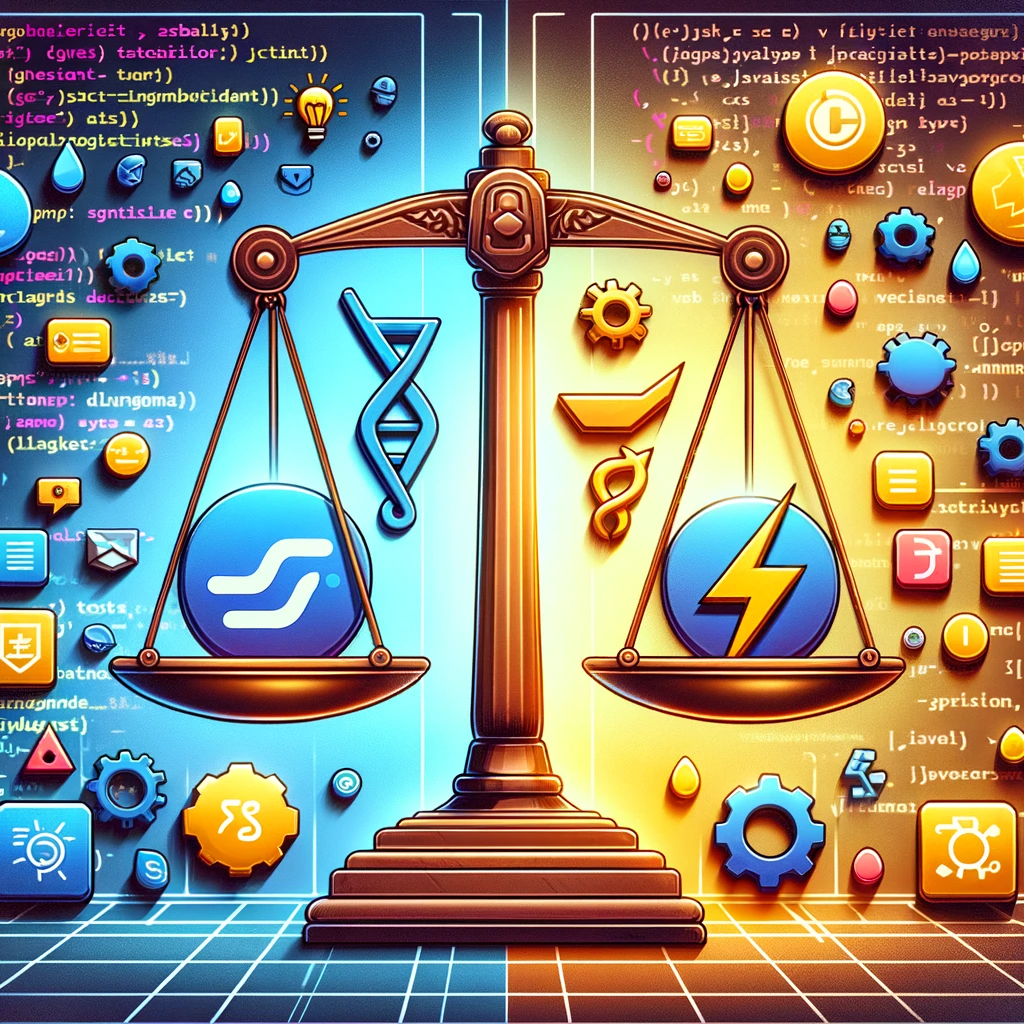
TypeScript vs. JavaScript
Discover the synergy between TypeScript and JavaScript for web development. Learn how Orbitype supports Nuxt CMS, headless CMS for Nuxt, and future-ready digital trends.
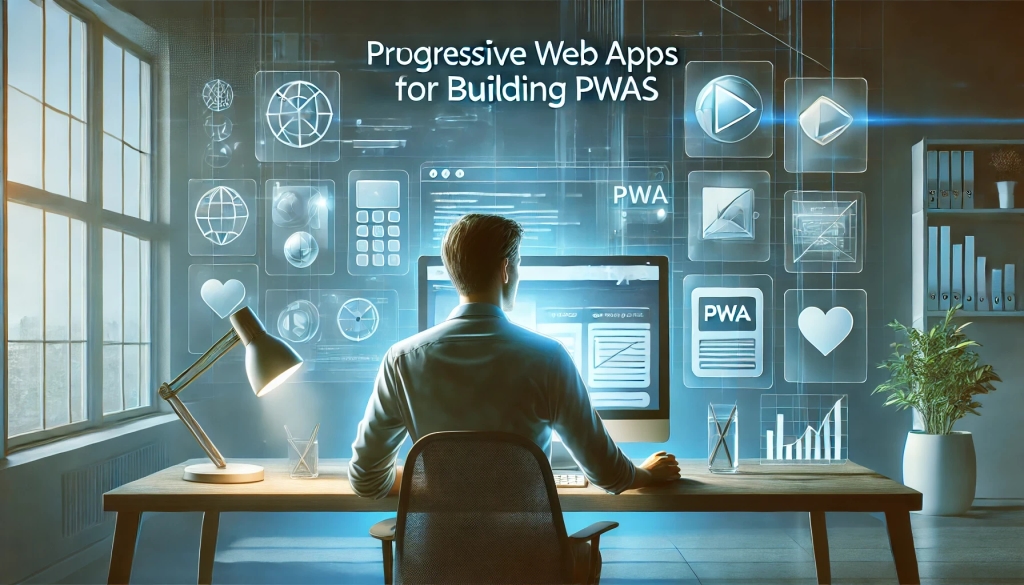
Building Progressive Web Apps (PWAs) with Orbitype
Explore how Orbitype enhances Progressive Web Apps (PWAs) with optimized performance, offline capabilities, and seamless content management for superior user experiences.
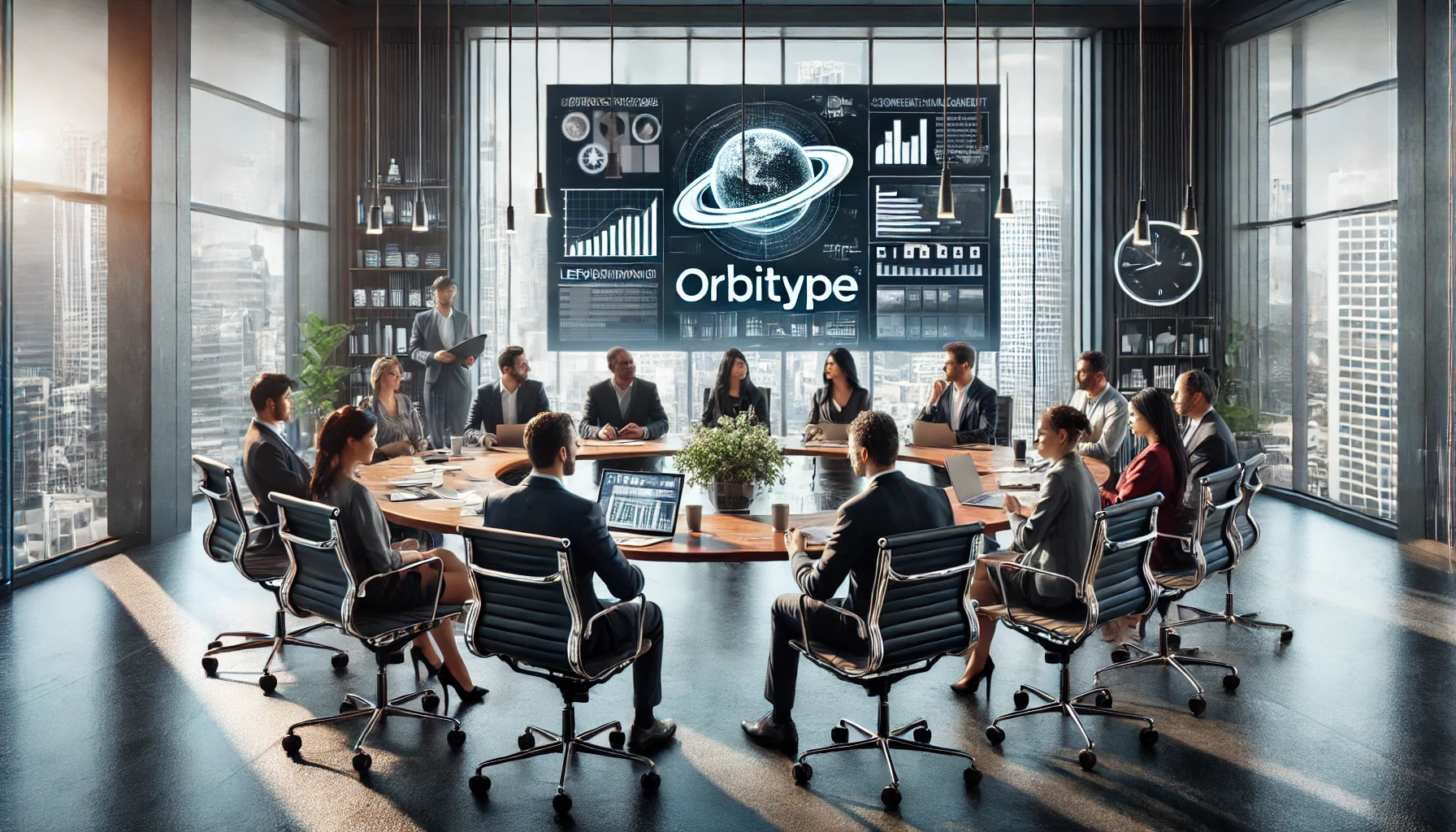
Leveraging Orbitype for Efficient Content Management in E-Commerce
nhance your e-commerce performance with Orbitype CMS. This scalable headless CMS simplifies content management, boosts SEO, and seamlessly integrates with Shopify, WooCommerce, and Magento for dynamic, flexible solutions.

Mastering Third-Party Integrations with a Headless CMS for Efficient Workflows
Streamline workflows and scale your business with seamless third-party integrations using Orbitype's flexible headless CMS—designed for efficiency, automation, and growth.
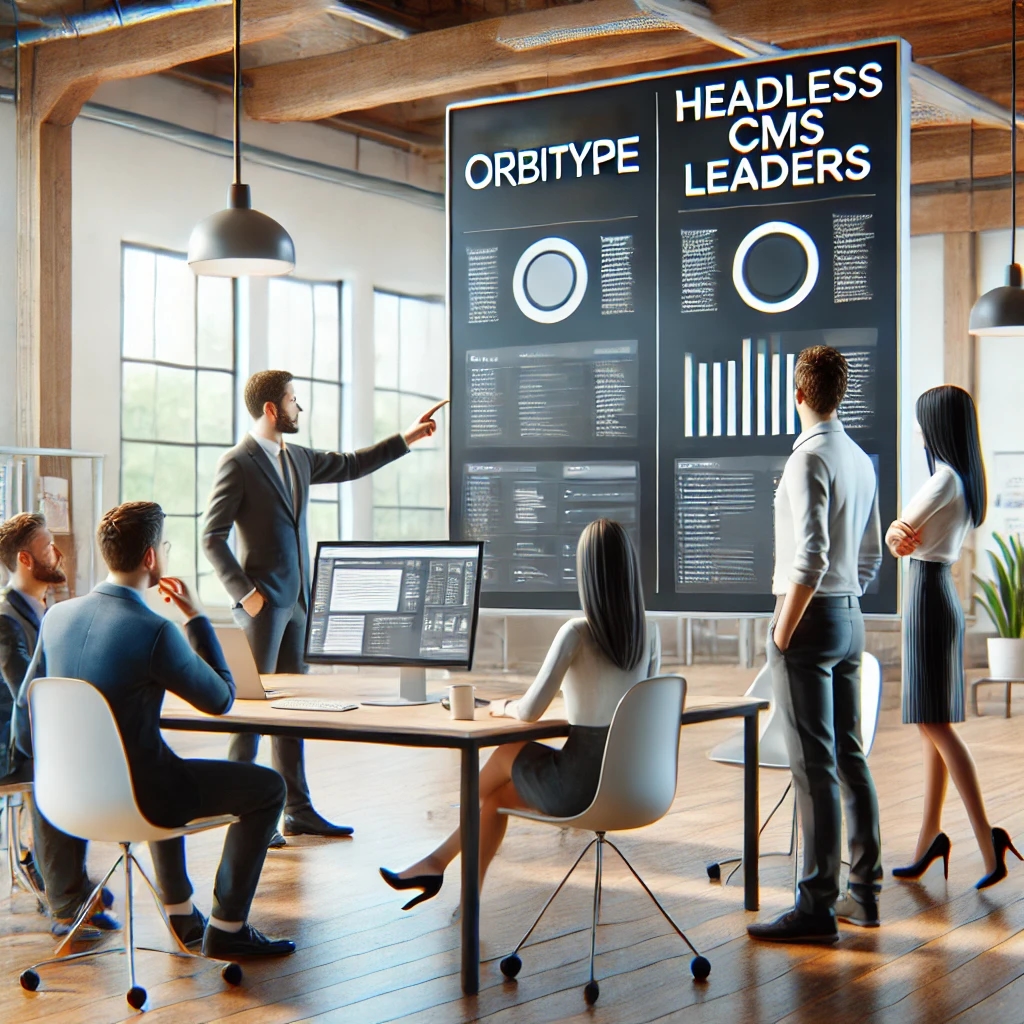
How Orbitype Compares to Headless CMS Leaders in 2025
Struggling to choose the best CMS? Discover how Orbitype compares to headless CMS leaders in 2025, solving complexity and scalability challenges with ease. Try Orbitype!
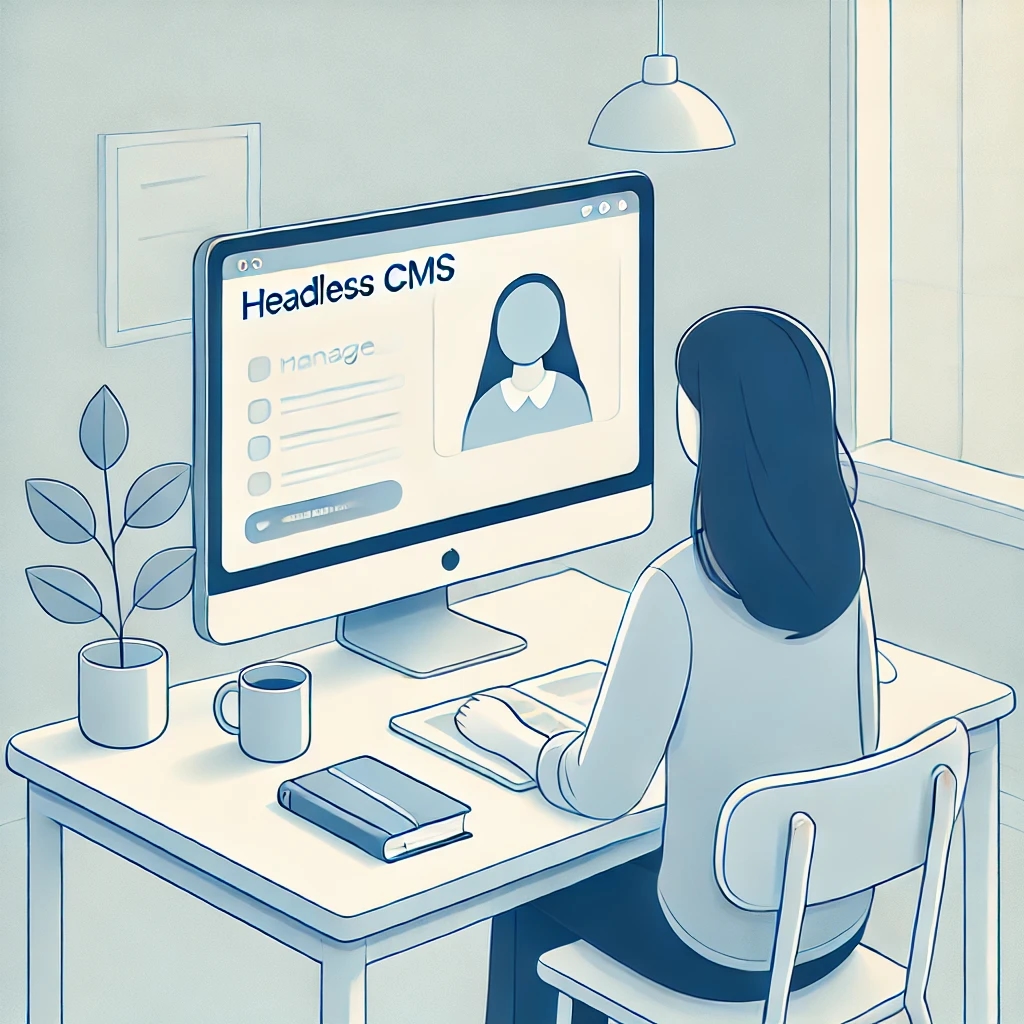
How Educational Institutions Benefit from Headless CMS for Online Learning
Enhance online learning with a Headless CMS. Discover how centralized content management, scalability, and seamless multi-channel access can transform educational platforms.
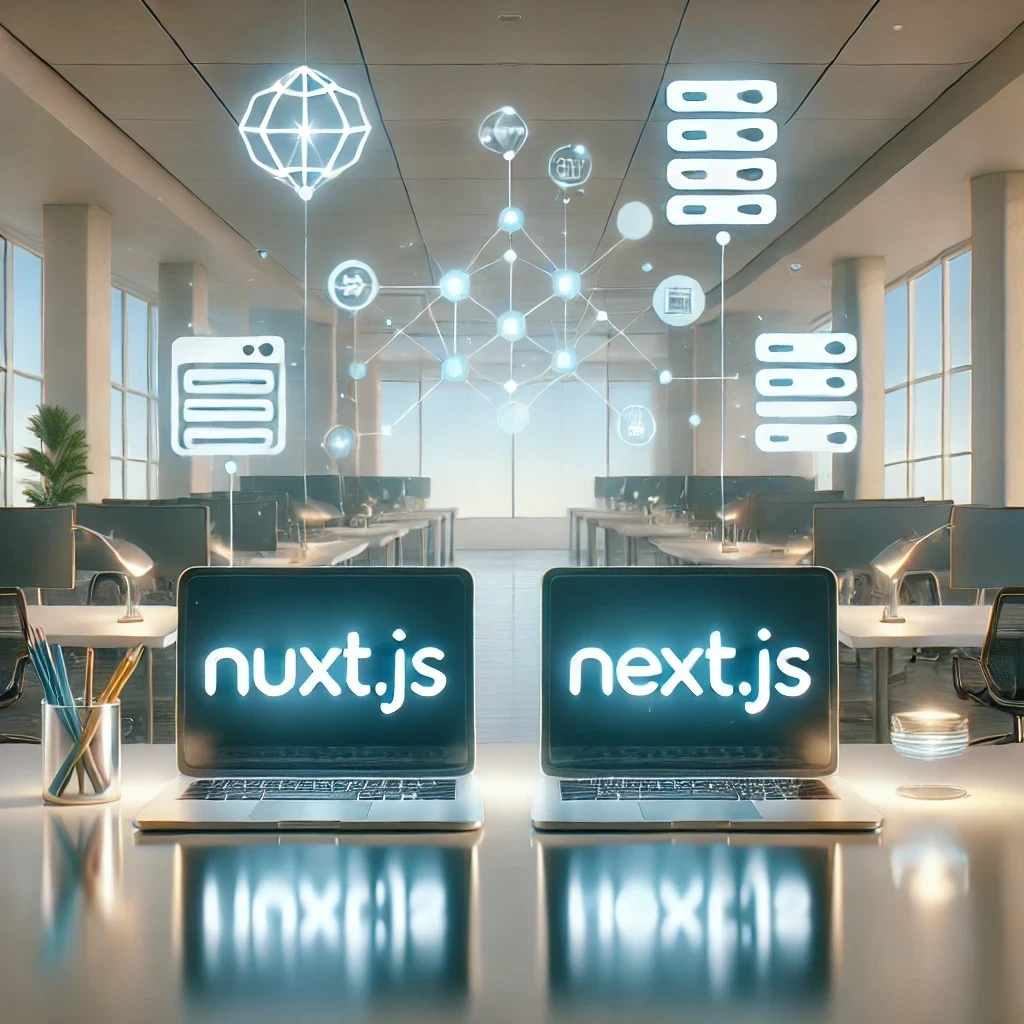
Nuxt vs Next: Which Framework Works Best with Headless CMS?
Compare Nuxt.js and Next.js to find the best frontend framework for your Headless CMS. Discover which offers better performance, scalability, and flexibility for dynamic web projects.
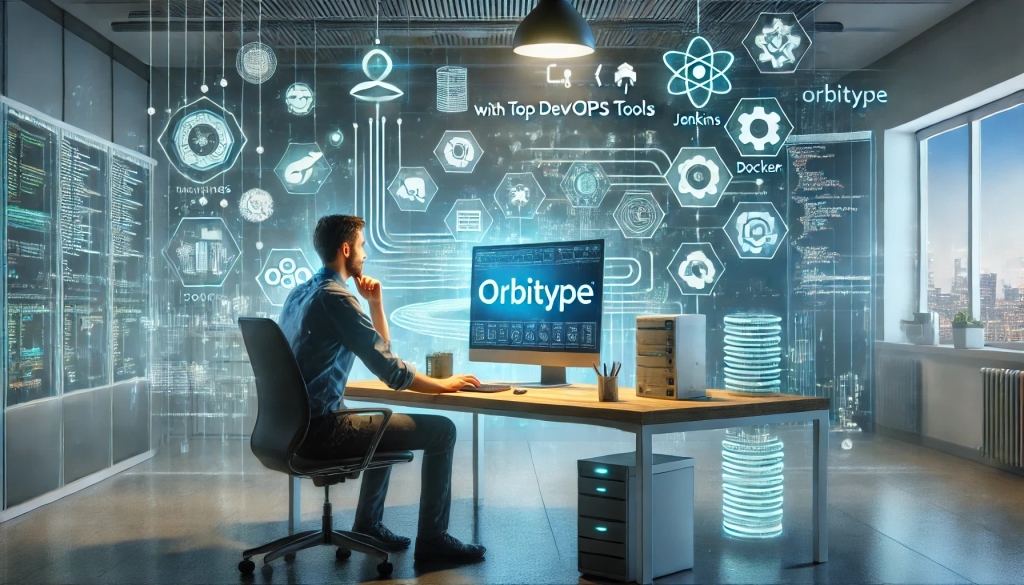
Streamlining Development: Integrating Orbitype with Top DevOps Tools
Discover how to integrate Orbitype with leading DevOps tools like Jenkins, Docker, and Kubernetes. Learn best practices for automating deployments, containerizing Orbitype, and scaling efficiently while streamlining workflows for continuous integration and delivery.
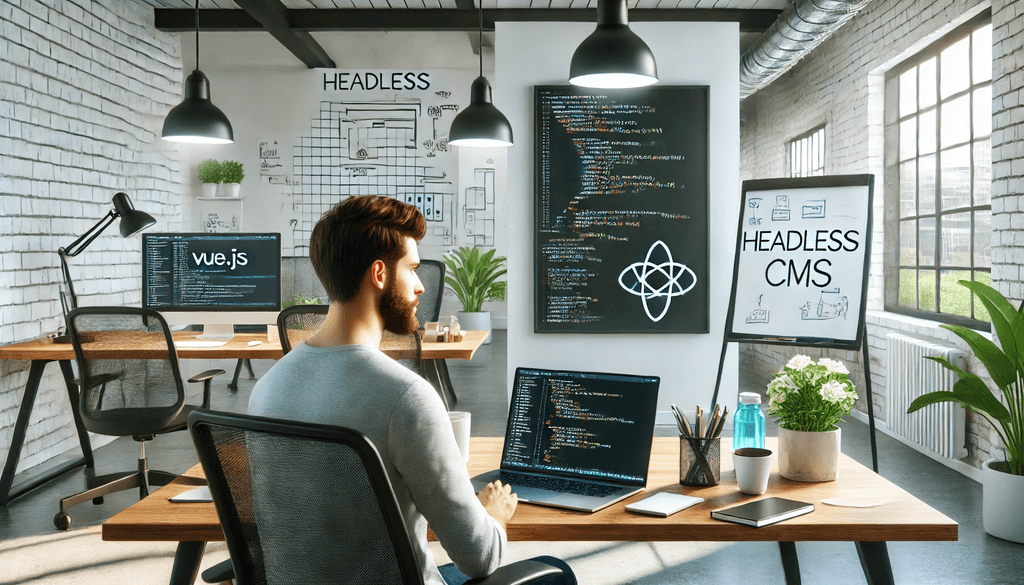
Building High-Performance Vue Apps with a Headless CMS
Discover how to optimize Vue.js apps with a Headless CMS for high performance, scalability, and SEO. Learn best practices and tools for creating dynamic web apps.

SQL or NoSQL: What's Best for Mobile Applications Using Orbitype?
Explore Orbitype, the ultimate headless CMS for React developers, offering seamless content management, enhanced performance, and flexibility to create dynamic web applications with ease. Learn how Orbitype simplifies workflows and boosts productivity.
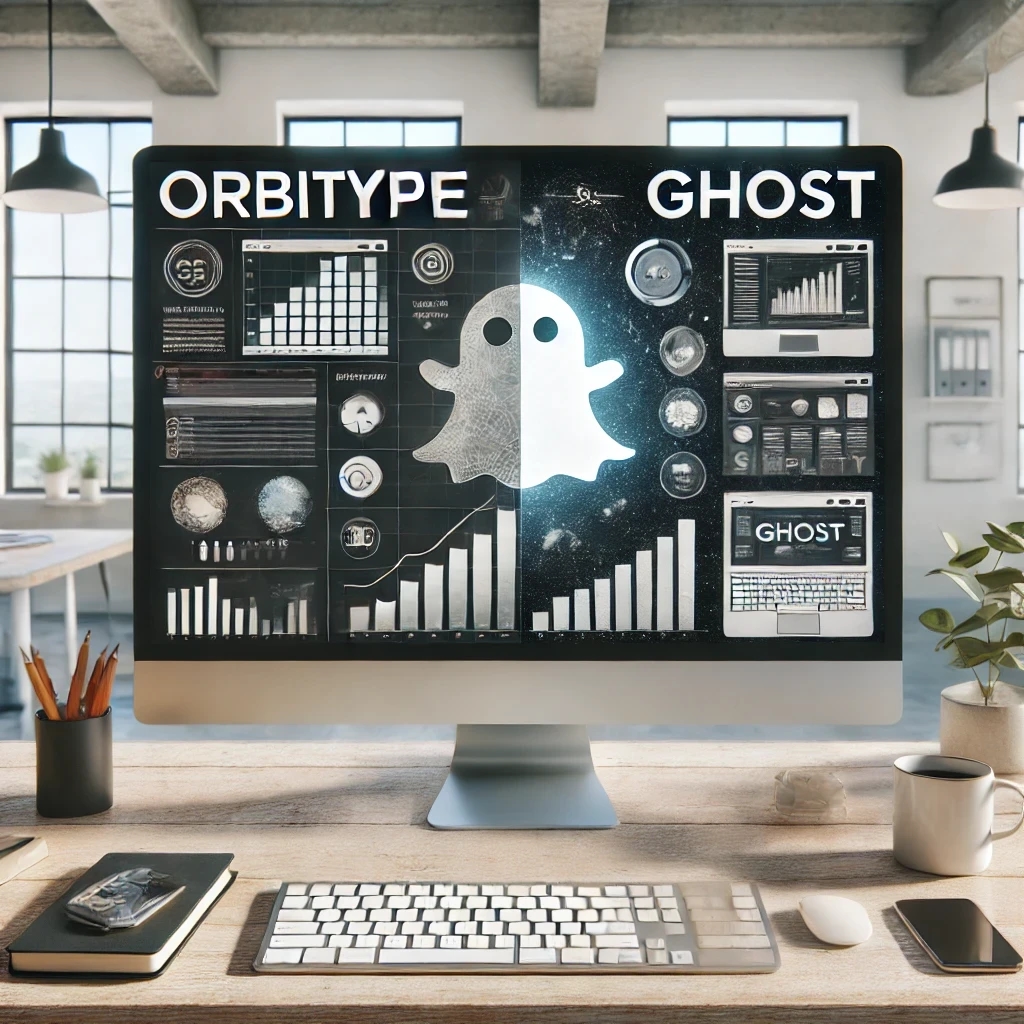
Comparing Orbitype and Ghost: Best CMS for Blogging in 2025
Compare Orbitype and Ghost to find the best CMS for blogging in 2025. Discover which platform suits your goals, from scalability to simplicity and dynamic content
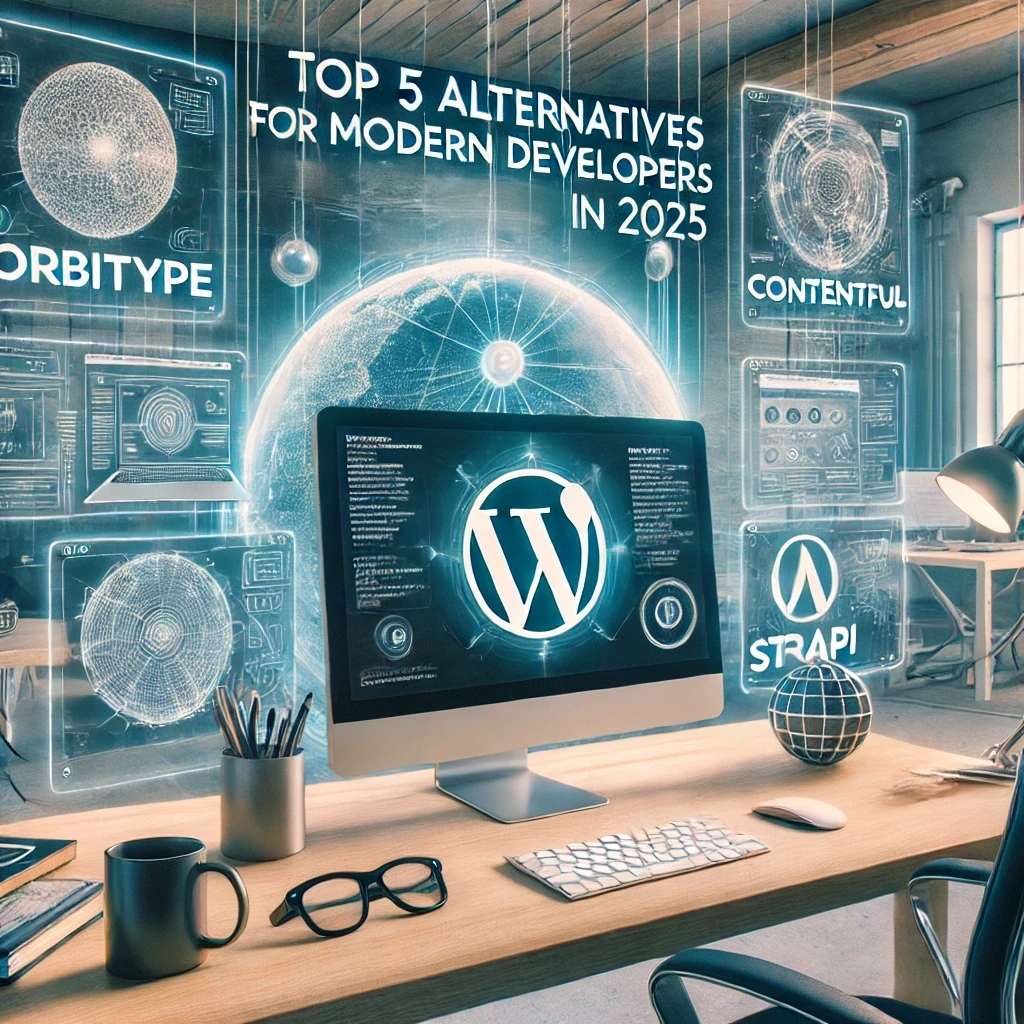
Top 5 Alternatives to WordPress for Modern Developers in 2025
Discover the top WordPress alternatives for 2025, including Orbitype, Contentful, and Strapi. Explore modern CMS platforms offering scalability, flexibility, and cutting-edge tools for developers.

Security and Compliance in Headless CMS: Focus on Orbitype
Explore headless CMS security with Orbitype: advanced authentication, data encryption, and compliance with GDPR & CCPA. Learn best practices for secure CMS operations.

10 Tips for Optimizing Core Web Vitals in Headless CMS Websites
Discover 10 actionable tips to optimize Core Web Vitals for Headless CMS websites. Improve performance, SEO, and user experience with these essential strategies.

Next.js vs Gatsby: Which Works Best With a Headless CMS?
Choosing between Next.js and Gatsby can be challenging when working with a Headless CMS. This guide breaks down their strengths and helps you decide which framework works best for your dynamic or static content needs.

CMS for Vue.Js - Orbitype Headless CMS
Explore Orbitype, the best Headless CMS for Vue.js, offering seamless API integration, dynamic content management, and unmatched performance for interactive front-end development.
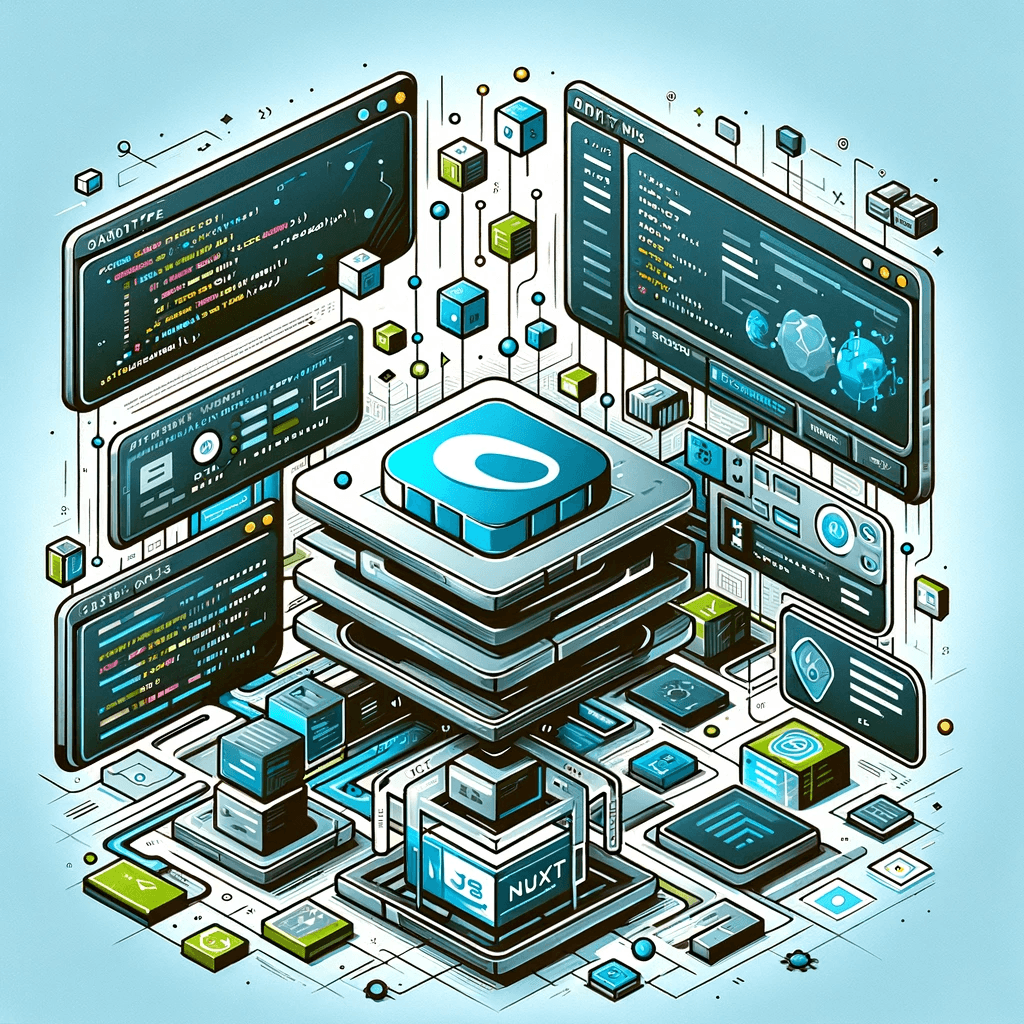
CMS for Nuxt - Orbitype Headless CMS
Optimize your Nuxt.js projects with Orbitype, the API-first Headless CMS offering scalable content management, multimedia repositories, and enhanced SEO for modern web applications.

Best Headless CMS Solutions for Portfolio and Personal Websites
Showcase your work with ease using Orbitype—the ultimate Headless CMS for portfolio and personal websites. Enjoy seamless integration, powerful customization, and SEO-friendly features designed for creators and developers.
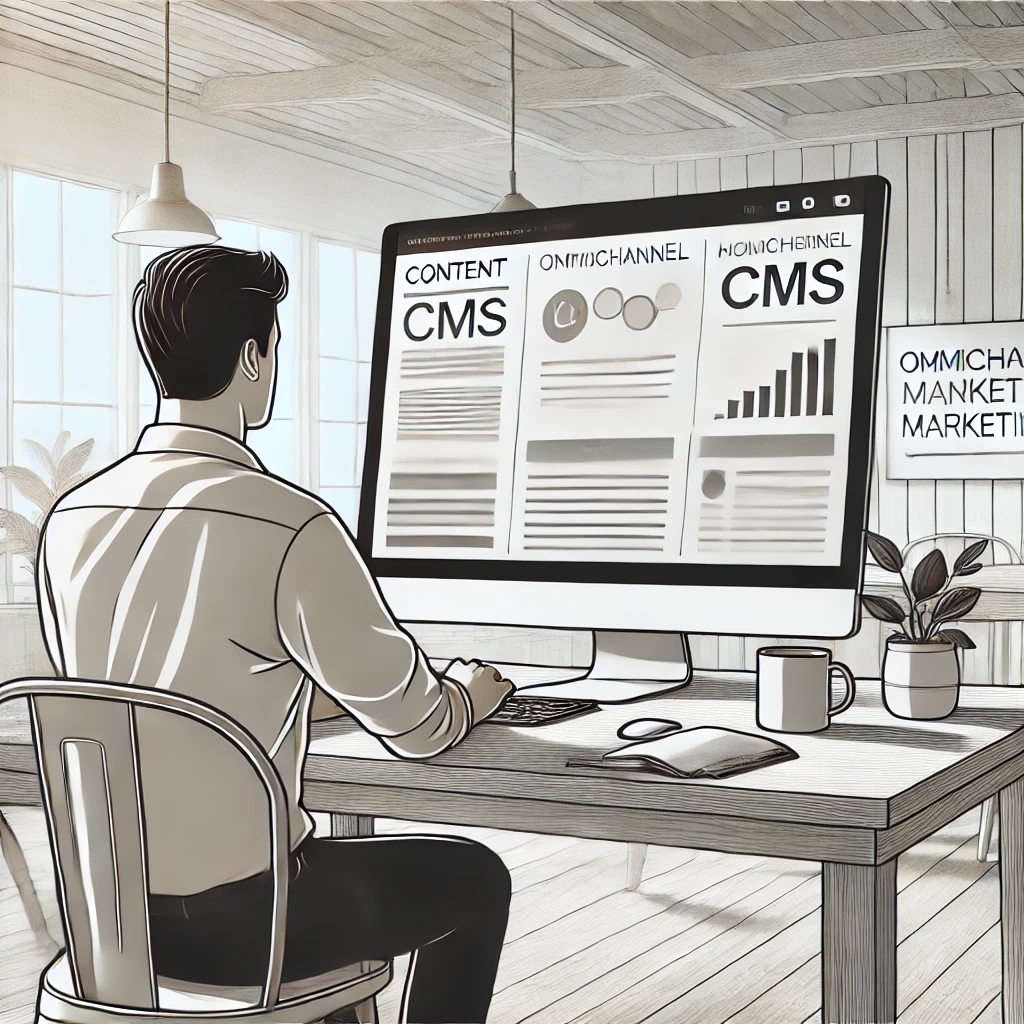
How Headless CMS Empowers Omnichannel Marketing Strategies
Boost your omnichannel marketing strategy with a Headless CMS. Centralize content management, deliver personalized customer experiences, and ensure consistency across platforms.

How to Scale Your Website with a Headless CMS for High Traffic
Scale your website effortlessly with a headless CMS like Orbitype—achieve faster load times, seamless scalability, and reliable performance during high-traffic surges
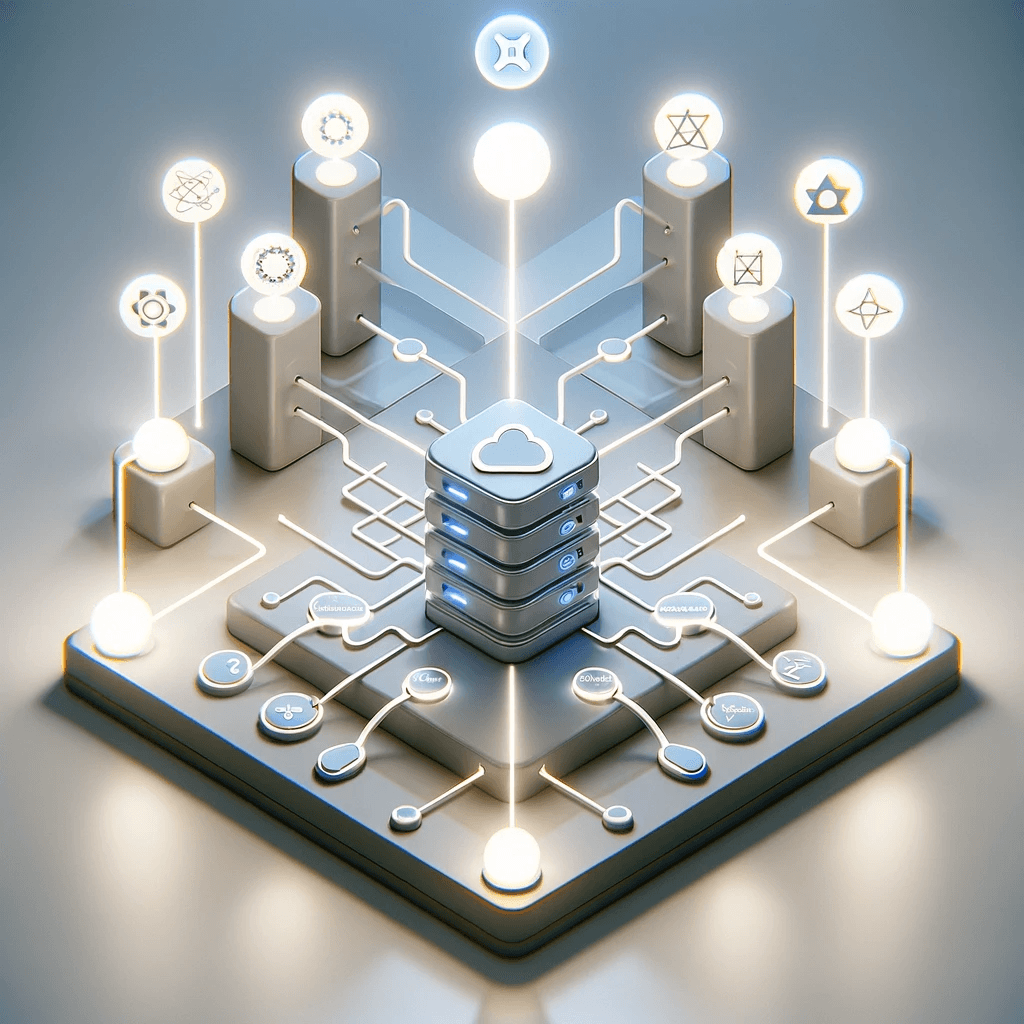
CMS for React - Orbitype Headless CMS
Orbitype is the ideal CMS for React developers, combining seamless API integration, flexible content management, and scalability to create fast, dynamic, and customizable web applications effortlessly.
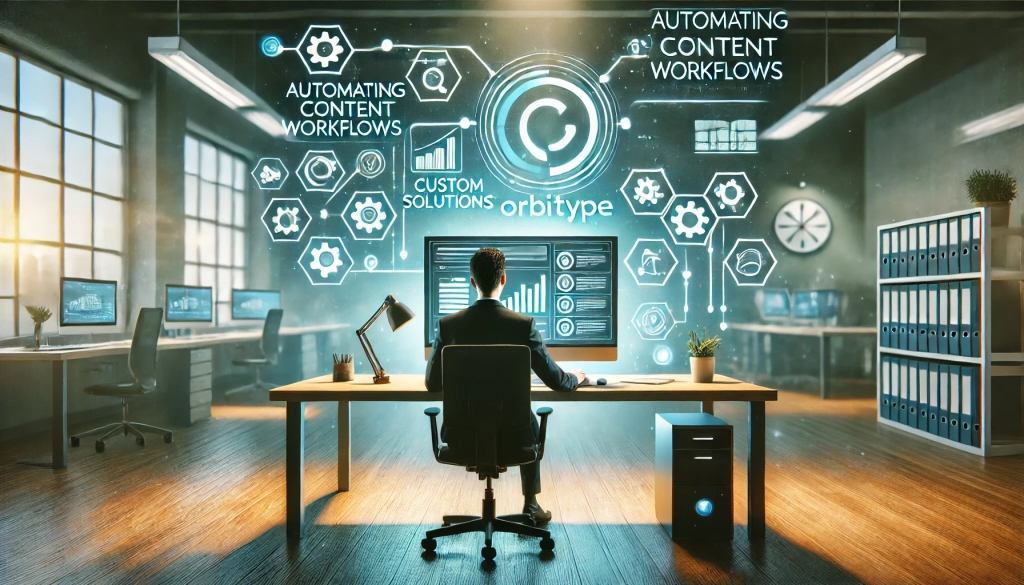
Automating Content Workflows with Orbitype’s Custom Solutions
Discover how Orbitype's custom CRM and ERP solutions revolutionize content workflows. Automate processes, reduce manual tasks, and improve productivity for software development agencies with tailored tools for seamless collaboration and efficiency.